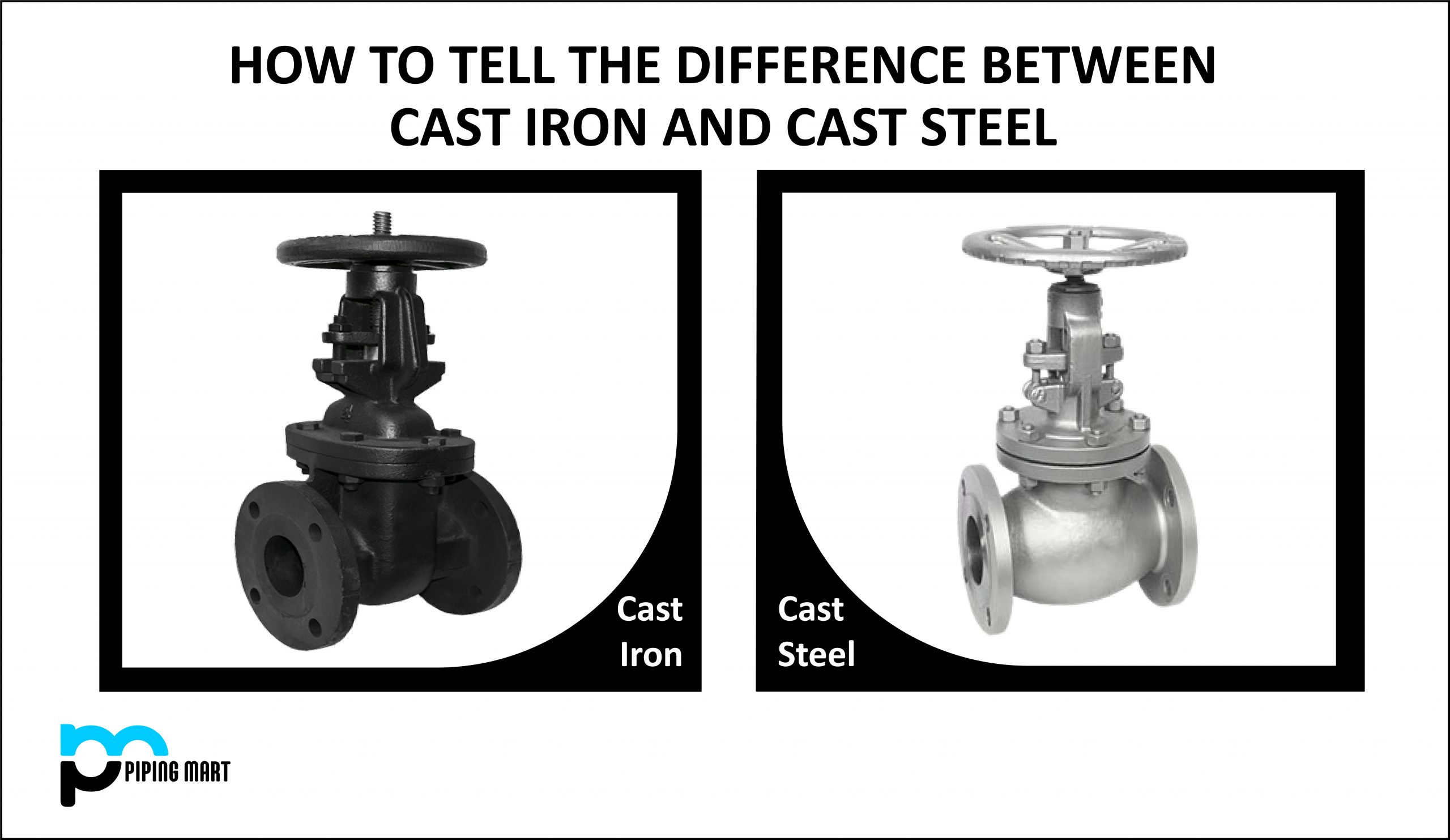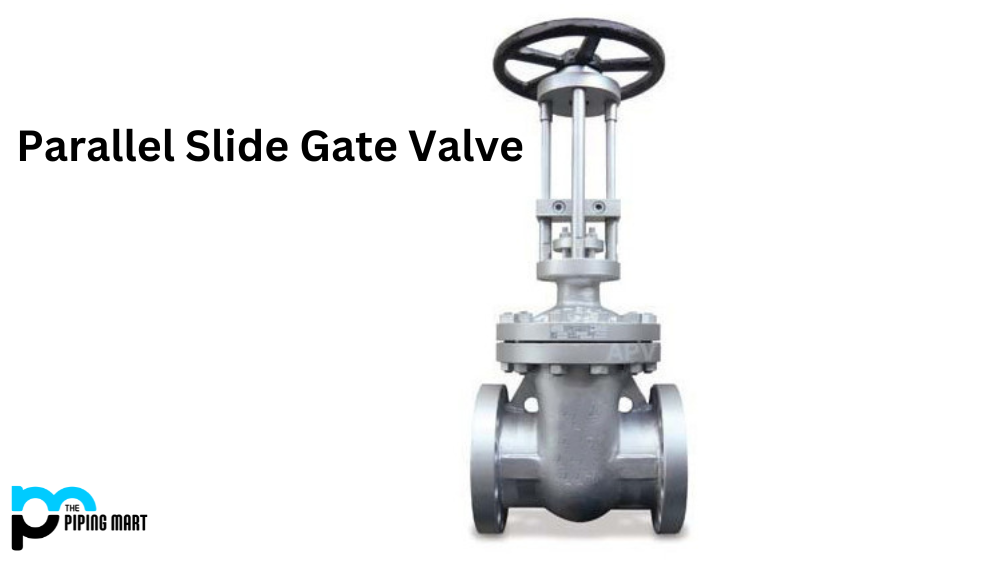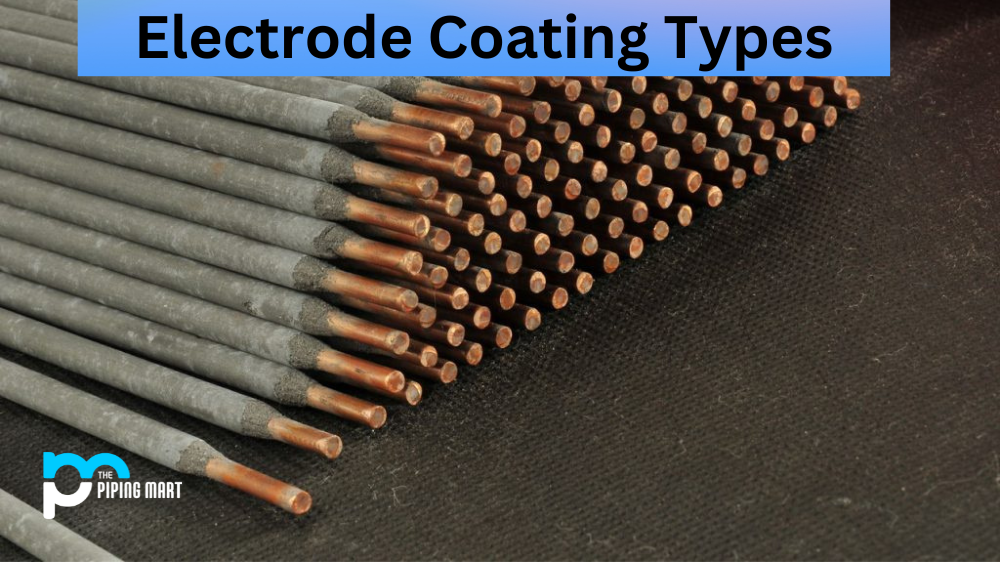Have you ever wanted to join two metal objects together without using a welding machine or bolts and screws? If so, exothermic welding may be the answer. Exothermic welding is a process that uses high-temperature sparks to permanently bond metallic surfaces together. Keep reading to learn more about this innovative and efficient way of joining metals.
What is Exothermic Welding?
Exothermic welding (also known as “thermite” welding) is a fusion-welding process that produces an electric arc between two metallic surfaces, creating an alloyed joint with superior strength. This process requires no external heat source and does not use gas or filler materials, making it incredibly quick and efficient compared to traditional welding methods. Additionally, exothermic welds are extremely durable and corrosion-resistant, making them ideal for applications in harsh environments such as those found in chemical plants or nuclear power plants.
How Does Exothermic Welding Work?
The exothermic welding process involves four basic steps: preparation, assembly, ignition, and inspection. First, the metal objects being joined must be correctly prepared by cleaning and filing any rough edges. Then the metal parts are aligned properly before the exothermic mixture is applied to both surfaces of the joint area between them. Once the mixture has been applied and allowed to cure for several minutes, an electric spark is used to ignite the mix, which creates an intense heat that melts both pieces of metal together into one solid piece with a strong bond. Finally, after cooling down for several minutes, the weld should be inspected for defects before putting it into service.
Exothermic Welding Uses
Exothermic welding can be used in many different types of industrial applications, including automotive production lines and steel fabrication shops. It can also be used for pipeline construction projects since its fast curing time makes it ideal for joining large sections of pipe quickly and efficiently without compromising strength or durability. The low cost of materials required also makes it particularly attractive when compared with traditional welding methods such as MIG or TIG processes which require expensive equipment such as gas tanks and torches.
Conclusion:
Exothermic welding is becoming increasingly popular due to its speed, efficiency, low cost of materials required and strong bond produced by this process. It is an excellent choice when needing to join two pieces of metal quickly without having to compromise on strength or durability—especially when working in harsh environments such as chemical plants or nuclear power plants where other forms of traditional welding may not be suitable. Whether you’re working on automotive production lines or pipeline construction projects, make sure you consider exothermic welding for your next project!
Meet Heer, a dynamic and driven writer learning tricks of her trade in the metal industry. With a background in Digital Marketing, Heer brings a unique perspective to her writing, sharing valuable insights. Apart from blogging she like reading and hiking.




